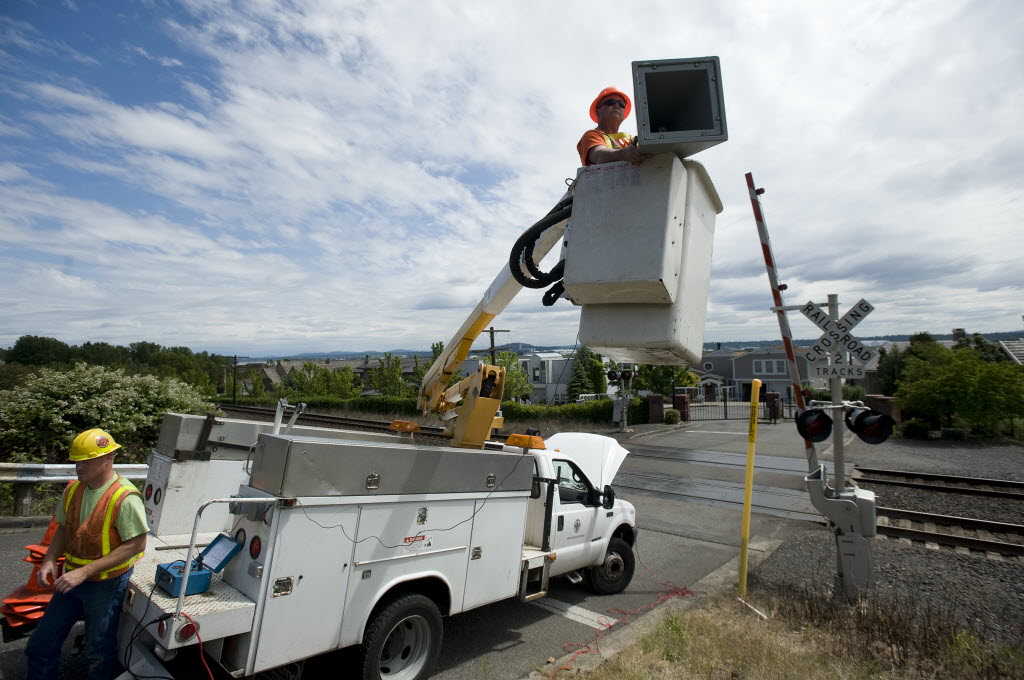? What: Informational meeting on east Vancouver quiet zone.
? When: 7 to 8:30 p.m. Wednesday, Feb. 6.
? Where: Water Resources Education Center, 4600 S.E. Columbia Way.
? More information: cityofvancouver.us/trainhorns.
The city of Vancouver is asking residents of its east end if they support paying to silence train horns in their neighborhood.
City officials, working with neighborhood leaders, floated the proposal as a way to pay for the required railroad crossing improvements that come with a “quiet zone.” It would create a Local Improvement District, in which each household would pay based on how close it sits to the railroad crossings between Southeast 139th Avenue and Southeast 164th Avenue.
The proposed district includes 467 properties in the East Old Evergreen Highway neighborhood, between the Columbia River and state Highway 14. Households would contribute based on a three-tiered system. Tier 1 homes — those closest to the tracks — would pay $177 per year; Tier 2 homes would pay $124 per year; and Tier 3 homes would chip in $53 annually for 20 years. Residents would also have the option of paying a one-time lump sum. Payment amounts would be flat, and not tied to property values.




